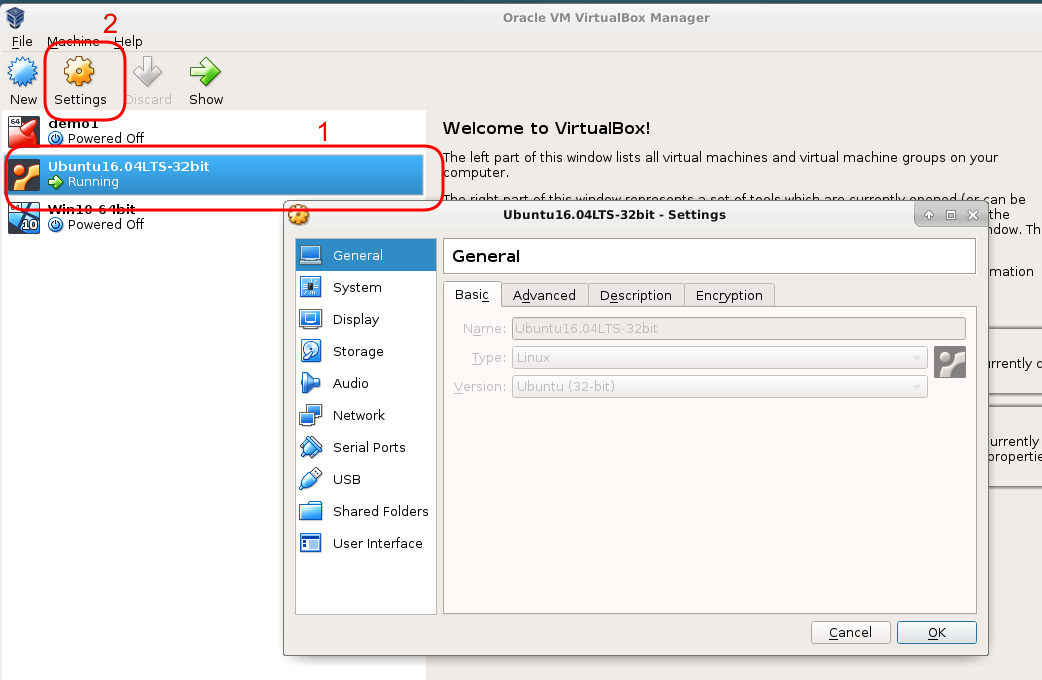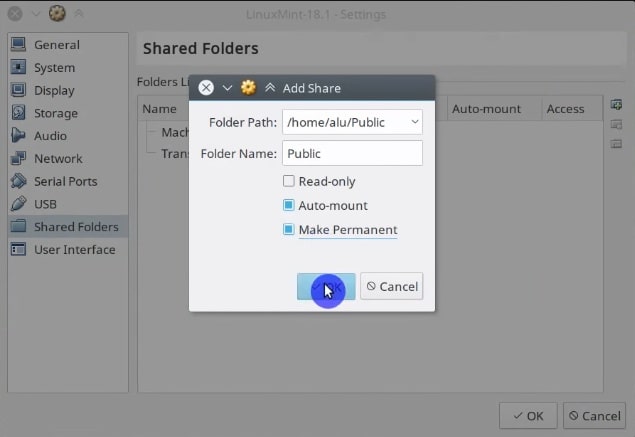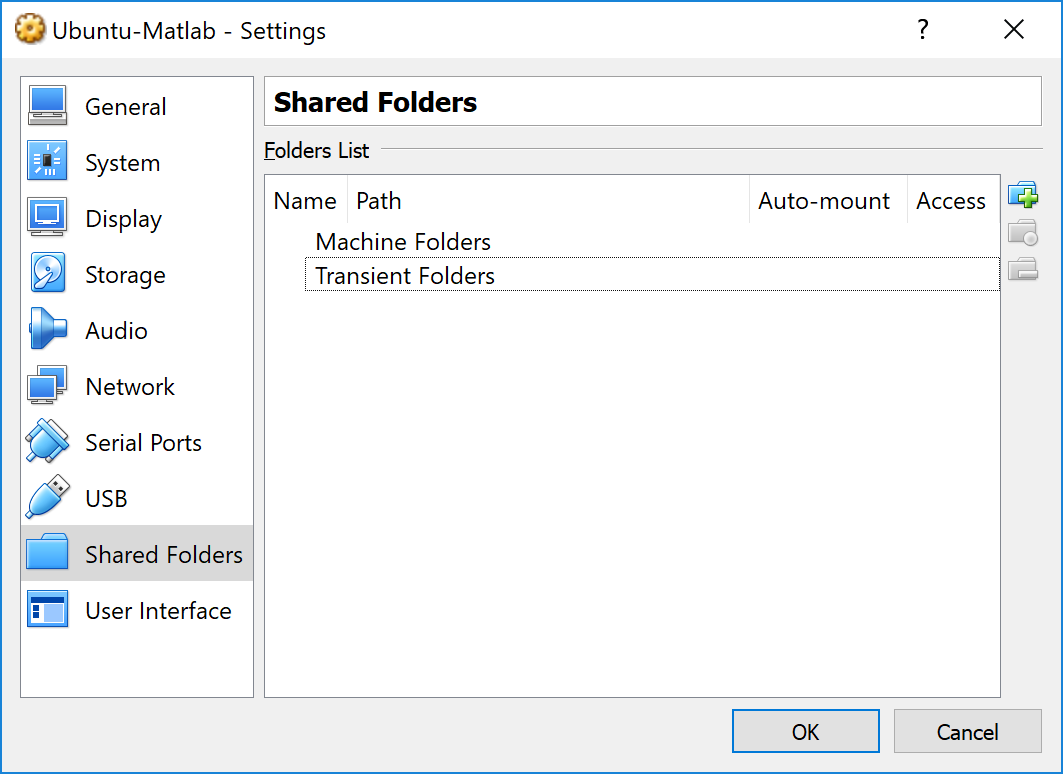

- #Virtualbox shared folder with guest where is it install#
- #Virtualbox shared folder with guest where is it windows 10#
- #Virtualbox shared folder with guest where is it iso#
Navigate to your kernel tree folder and execute the following command: When using a custom kernel with CONFIG_MODULE_SIG_FORCE option enabled, you must sign your modules with a key generated during kernel compilation. When either VirtualBox or the kernel is updated, the kernel modules will be automatically recompiled thanks to the DKMS pacman hook.
#Virtualbox shared folder with guest where is it install#
To compile the VirtualBox modules provided by virtualbox-host-dkms, it will also be necessary to install the appropriate headers package(s) for your installed kernel(s) (e.g.
#Virtualbox shared folder with guest where is it windows 10#

#Virtualbox shared folder with guest where is it iso#
5.10 Problems with images converted to ISO.5.8 Host freezes on virtual machine start.5.3 VirtualBox GUI does not match host GTK theme.5.1 Keyboard and mouse are locked into virtual machine.4.14.1 SSHFS as alternative to the shared folder.4.12 Run an entire physical disk in Virtualbox.4.11.6 Configuring the virtual UEFI firmware and creating Windows boot files.4.11.5 Adding virtual disks to the virtual machine.4.11.4 Setting up a separate ESP partition.4.11.3.2 Lower security option: using 'disk' group.4.11.3.1 Higher security option: using a dedicated group for the Windows partitions.4.11.3 Allowing VirtualBox to read physical partitions.4.11 Run a native Windows installation inside VirtualBox.4.10.4 Fix MBR and Microsoft bootloader.4.10.2 Using Disk2vhd to clone Windows partition.4.10 Move a native Windows installation to a virtual machine.4.9.2 UEFI interactive shell after restart.4.9.1 No keyboard/mouse input when attempting to install Mojave.4.8 Install a native Arch Linux system from VirtualBox.4.7.3.2 Create the VM configuration file.4.7.3 Create a VM configuration to boot from the physical drive.




 0 kommentar(er)
0 kommentar(er)
